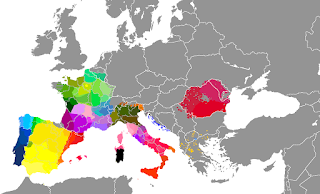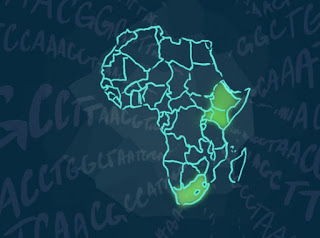The evolutionary history of our species used to be simple due to the scarcity of data. We had about seven data points and drew a squiggly line to connect them and that was that (maybe I'm simplifying this slightly). Now we have genomes of modern and archaic humans, Neanderthals and Denisovans, increasingly documenting migrations and admixture, so it's getting more complicated as there are so many dots to connect. Plus, finds in Asia could still undermine the whole out of Africa thing.
A year ago, I had a closer look at fresh palaeoanthropology from China, but I suspect things are changing so fast I may have to rewrite this account pretty soon. Anyhow, here it is again, on open access, enjoy it while it is still more or less true:
A new continent for human evolution

A collection of 47 human teeth discovered at Daoxian is anatomically modern yet surprisingly old. (Photo: S. Xing and X-J. Wu.)

















